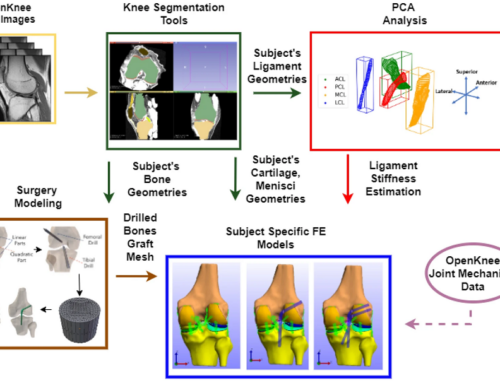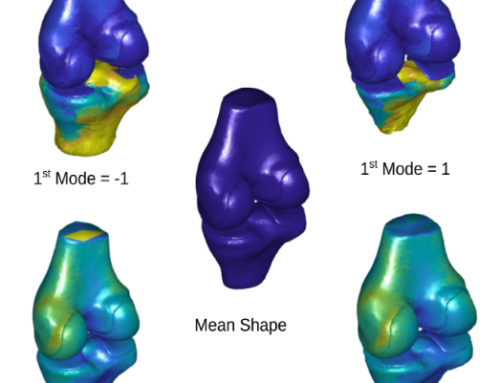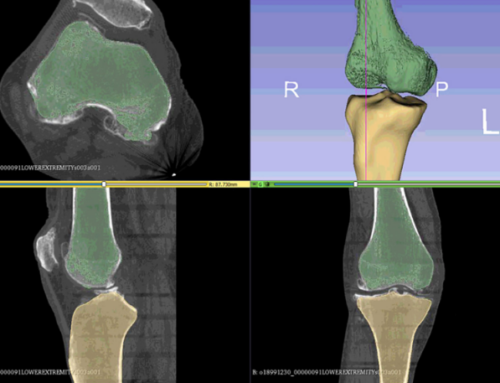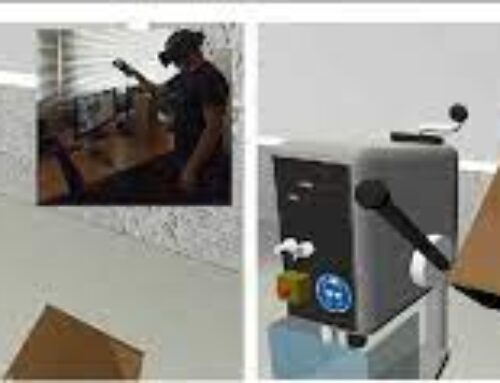Real-Time Prediction of Joint Forces by Motion Capture and Machine Learning
Conventional biomechanical modelling approaches involve the solution of large systems of equations that encode the complex mathematical representation of human motion and skeletal structure. To improve stability and computational speed, being a common bottleneck in current approaches, we apply machine learning to train surrogate models and to predict in near real-time,previously calculated medial and lateral knee contact forces (KCFs) of 54 young and elderly participants during treadmill walking in a speed range of 3 to 7 km/h. Predictions are obtained by fusing optical motion capture and musculoskeletal modeling-derived kinematic and force variables, into regression models using artificial neural networks (ANNs) and support vector regression (SVR). Training schemes included either data from all subjects (LeaveTrialsOut) or only from a portion of them (LeaveSubjectsOut),in combination with inclusion of ground reaction forces (GRFs) in the dataset or not. Results identify ANNs as the best-performing predictor of KCFs, both in terms of Pearson R(0.89–0.98 for LeaveTrialsOutand 0.45–0.85 for LeaveSubjectsOut) and percentage normalized root mean square error (0.67–2.35forLeaveTrialsOutand 1.6–5.39 forLeaveSubjectsOut). When GRFs were omitted from the dataset,no substantial decrease in prediction power of both models was observed. Our findings showcase the strength of ANNs to predict simultaneously multi-component KCF during walking at different speeds—even in the absence of GRFs—particularly applicable in real-time applications that make use of knee loading conditions to guide and treat patients.
G. Giarmatzis, E.I. Zacharaki and K. Moustakas, “Real-Time Prediction of Joint Forces by Motion Capture and Machine Learning”, Sensors 2020, December 2020







